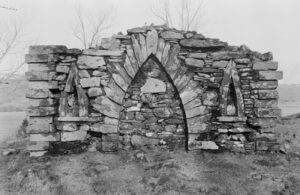The Parish of Dalriada Mid Argyll has an extensive varied and dramatic history
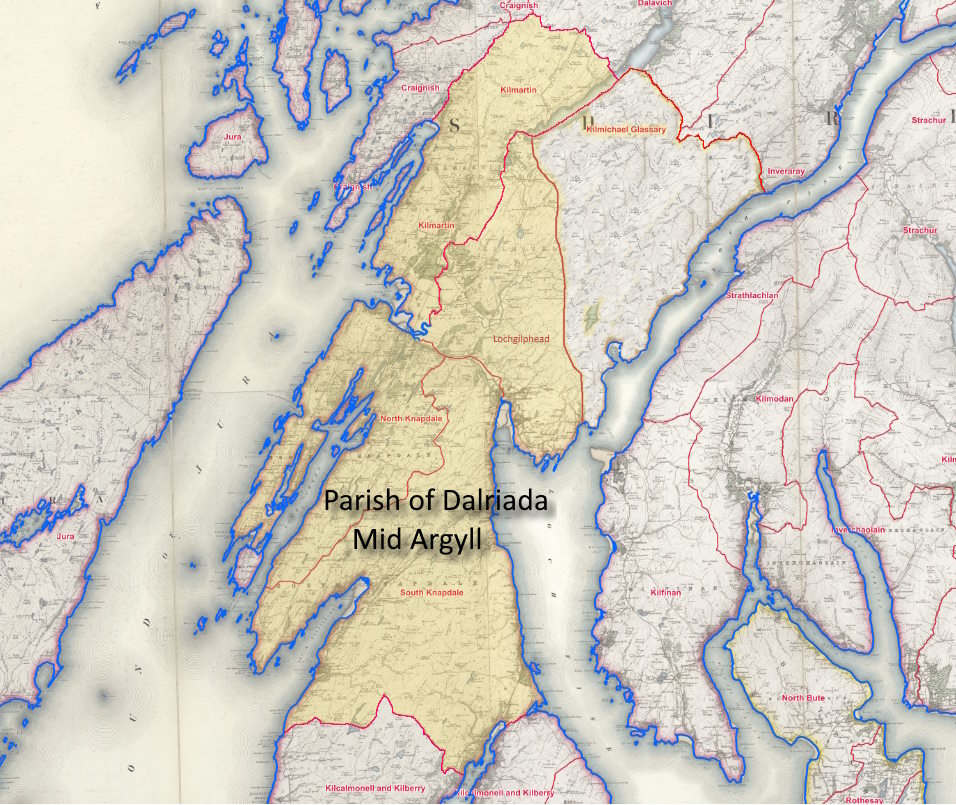
Our links page has a number of historic website links which feature historic articles and images of the area which may be of interest.
The congregation of Dalriada Mid Argyll (Church of Scotland) came into being on 1st July 2023 as a result of the union of the congregations of Ardrishaig, Glassary Kilmartin and Ford, Lochgilphead, North Knapdale and South Knapdale. The new parish extends from Ford in the north to Achahoish in the south. Five church buildings have been retained for regular worship. Details can be found under worship rota.
Dalriada or Dal Riata was a Gaelic kingdom that encompassed the western seaboard of Scotland and north-eastern Ireland and was at its height in the late 6th century and early 7th century. Its capital was the hill fort of Dunadd which overlooks the estuary of the River Add.
Both lie within our parish.
Our parish includes many early Christian sites including:
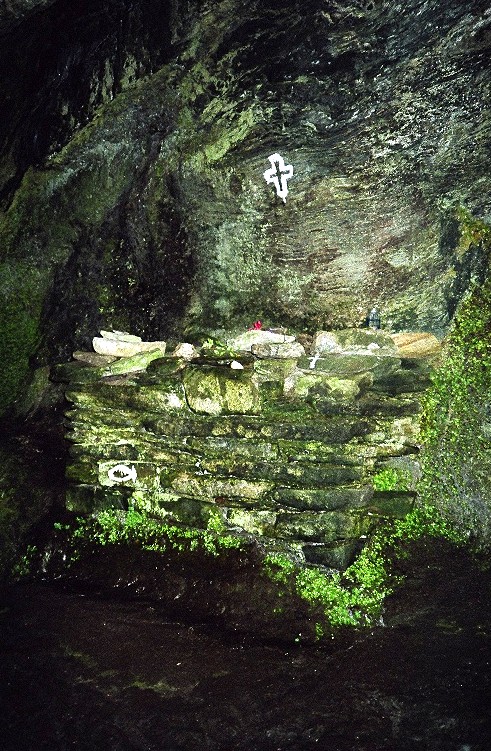
At the head of Loch Caolisport, it is said to be where St Columba came on his way to Dunadd and Iona. Within the cave is a drystone altar, with above it on the rock a small cross and two further crosses to the north. A stone basin, now the font at Achahoish Church, is said to have come from the cave.
Overlooking Loch na Cille and dating from the 12th century, this building was dedicated to the Leinster saint Abban moccu Chormaig who would have been active in the 6th and early 7th centuries.
It was the principal church of Knapdale until the sub division in 1734 and was then replaced by a preaching house in Tayvallich.
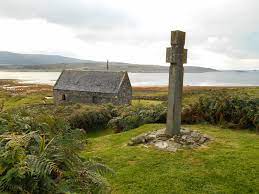
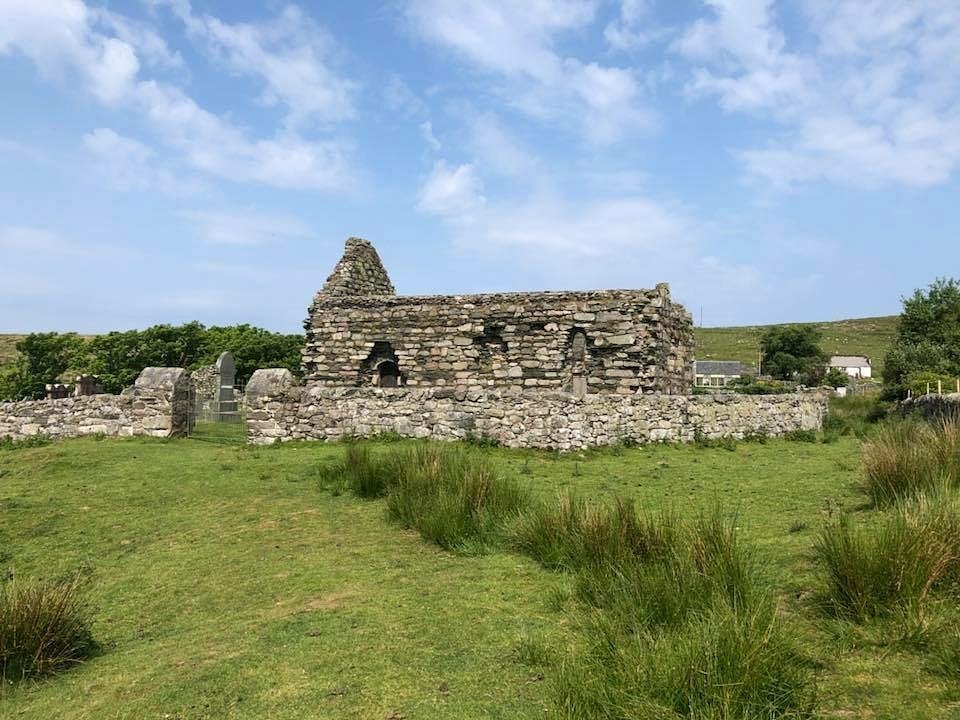
Situated at the south of Loch Sween, dating from the late 13th century and probably on the site of an earlier building, this was a dependency of the parish church at Keills.
There are many carved stones on the site with some being as early as pre 1000 AD.
The largest of the McCormaig Isles in the Sound of Jura to the south of Loch Sween. On the island there are
St Cormac’s Cave
At the south end of the island and said to have been used by St Cormac as a hermitage or retreat.
A 13th century chapel with a barrel vaulted roof over the chancel.
This chapel was associated with that at Keills.
This is believed to date to 900 AD.

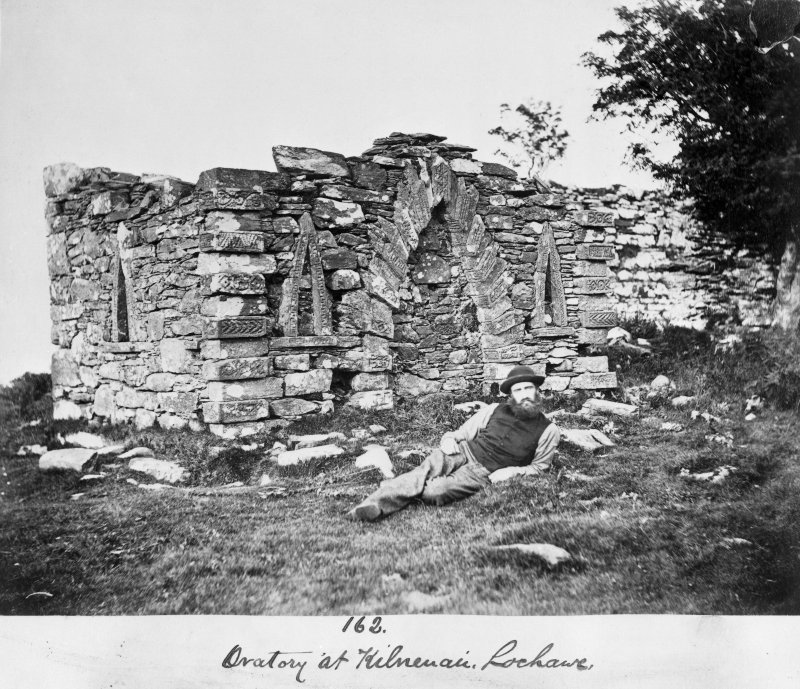
Situated on the South bank of Loch Awe near Ford, this building dates from the sixth century and is said to have been founded by St Columba.
The name Kilneuair means Church of the Yews.
Further information can be found at:
https://scotlands-yew-trees.org/yews-in-depth/kilneuair/
